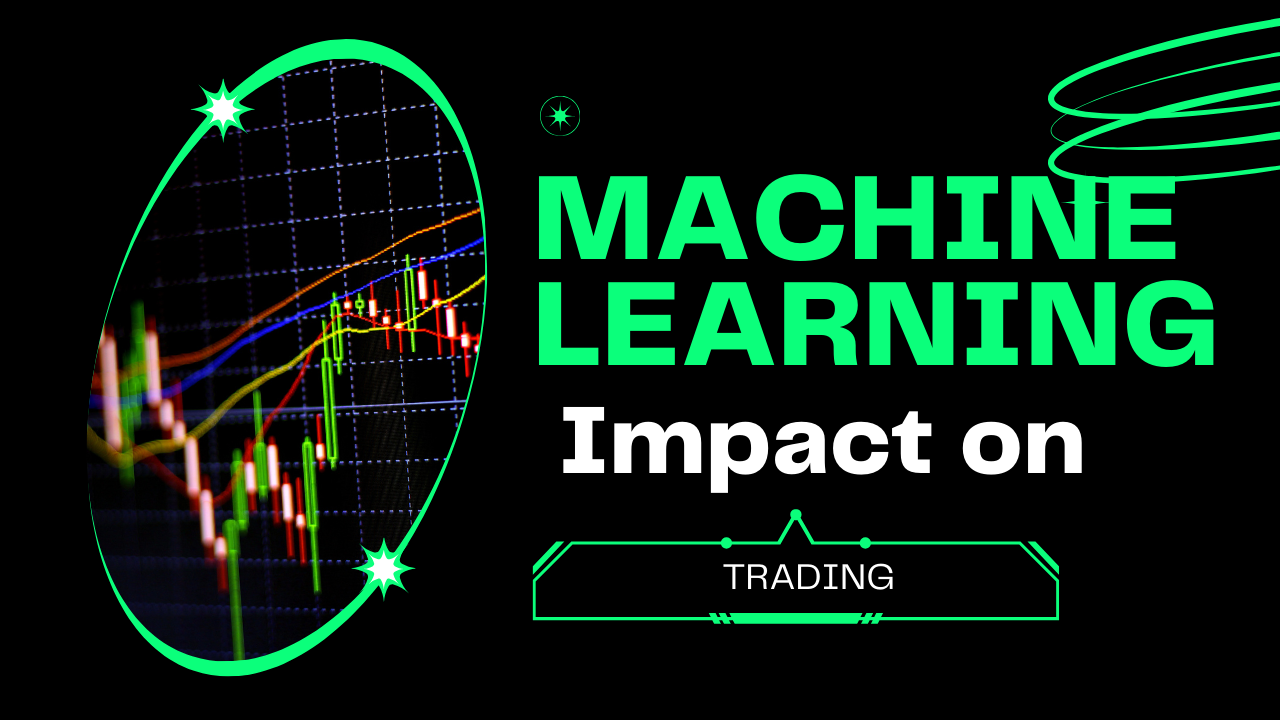AI Shakes Up Wall Street: Machine Learning’s Impact on Trading
Introduction: AI lets computers crunch numbers and make choices without someone telling them what to do. It’s changing the game in many fields, and trading is no exception. Let’s dive into how AI is flipping the script on Wall Street. Section 1: The Scoop on Machine Learning Machine learning teaches computers to spot trends in data. These smart machines don’t need step-by-step instructions. They use fancy math to find hidden patterns and guess what might happen next. Take stocks, for example. A clever algorithm can look at old prices and take a stab at where they’re headed. Section 2: Trading’s Big Leap: From Old School to AI-Powered Trading has evolved . Traders once relied on gut feelings and expertise to buy and sell stocks by hand. Algorithmic trading burst onto the scene next – computers following preset rules to execute trades. Machine learning now takes center stage as the hot new thing. It lets computers crunch data and fine-tune their own trading game plans over time. This tech revolution’s shaking up how we play the market! Section 3: How Machine Learning is Used in Trading Trading uses machine learning in several ways: Supervised Learning: Algorithms study labeled data like past stock prices to forecast future values.Unsupervised Learning: Programs spot hidden trends in data without examples. This can uncover fresh trading chances.Reinforcement Learning: Systems learn by trying things out and getting feedback. They might test various trading plans and figure out which ones make the most money.Some real-world uses include stock price predictions, risk control, and portfolio tweaks. Section 4: Benefits of Using Machine Learning in Trading Machine learning brings a bunch of perks to the table:Algorithms boost precision: They crunch huge data sets fast spotting trends humans often overlook. Machines trade at lightning speed: They grab fleeting chances in milliseconds. AI unearths hidden patterns: It finds links in data that escape human eyes. Section 5: Hurdles and Dangers But watch out for these snags: Garbage in, garbage out: Machine learning models live or die by their training data. Beware of false confidence: Complex models might nail past data but flop on fresh info. Grasping why a model predicts certain outcomes can be tricky. Models need constant checks and tests to handle these dangers. Section 6: Real-World Applications and Success Stories Trading already feels the big impact of machine learning: Hedge Funds: Machine learning helps many hedge funds craft trading plans. Renaissance Technologies, for instance, has struck gold with these methods. Retail Trading Platforms: Robinhood and eToro, among others now use AI to boost their offerings. They give users things like custom investment tips and tools to manage risk. Section 7: Getting Started with Machine Learning in Trading Want to use machine learning for trading? Here’s how to kick things off:Get a Grip on the Basics: Wrap your head around the core ideas of machine learning and how they work in trading. Grab Some Tools: A bunch of handy stuff like Python, TensorFlow, and scikit-learn is out there – these can give you a boost in crafting and putting your machine learning models to the test. Baby Steps First: Kick things off with easy-peasy models. As you get the hang of it, you can level up to the tricky ones. Conclusion:Machine learning is changing the trading world offering new chances and hurdles. By using machine learning, traders can enhance strategies, manage risks, and get higher values. This thrilling field is worth exploring, whether you are experienced trader or just starting.

